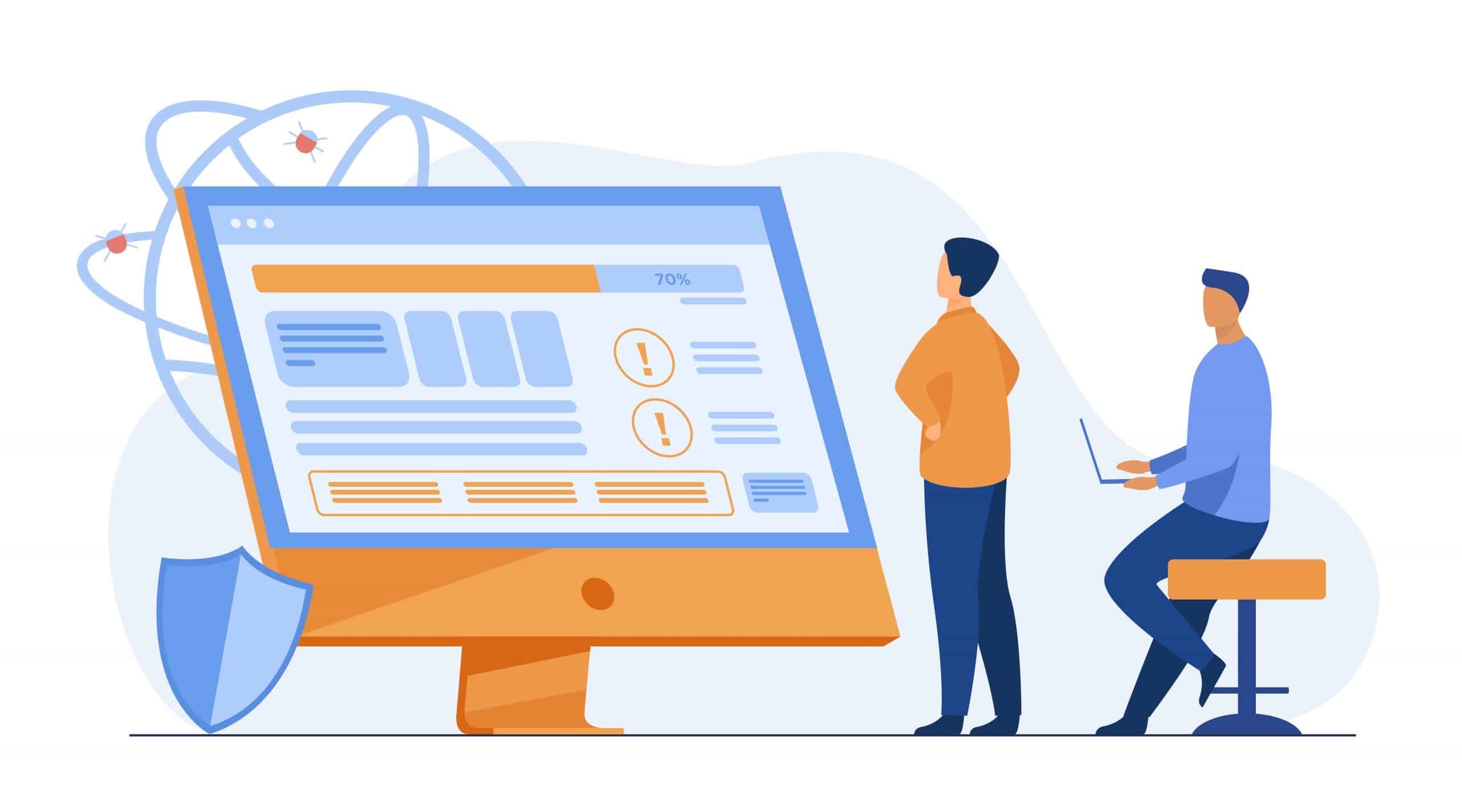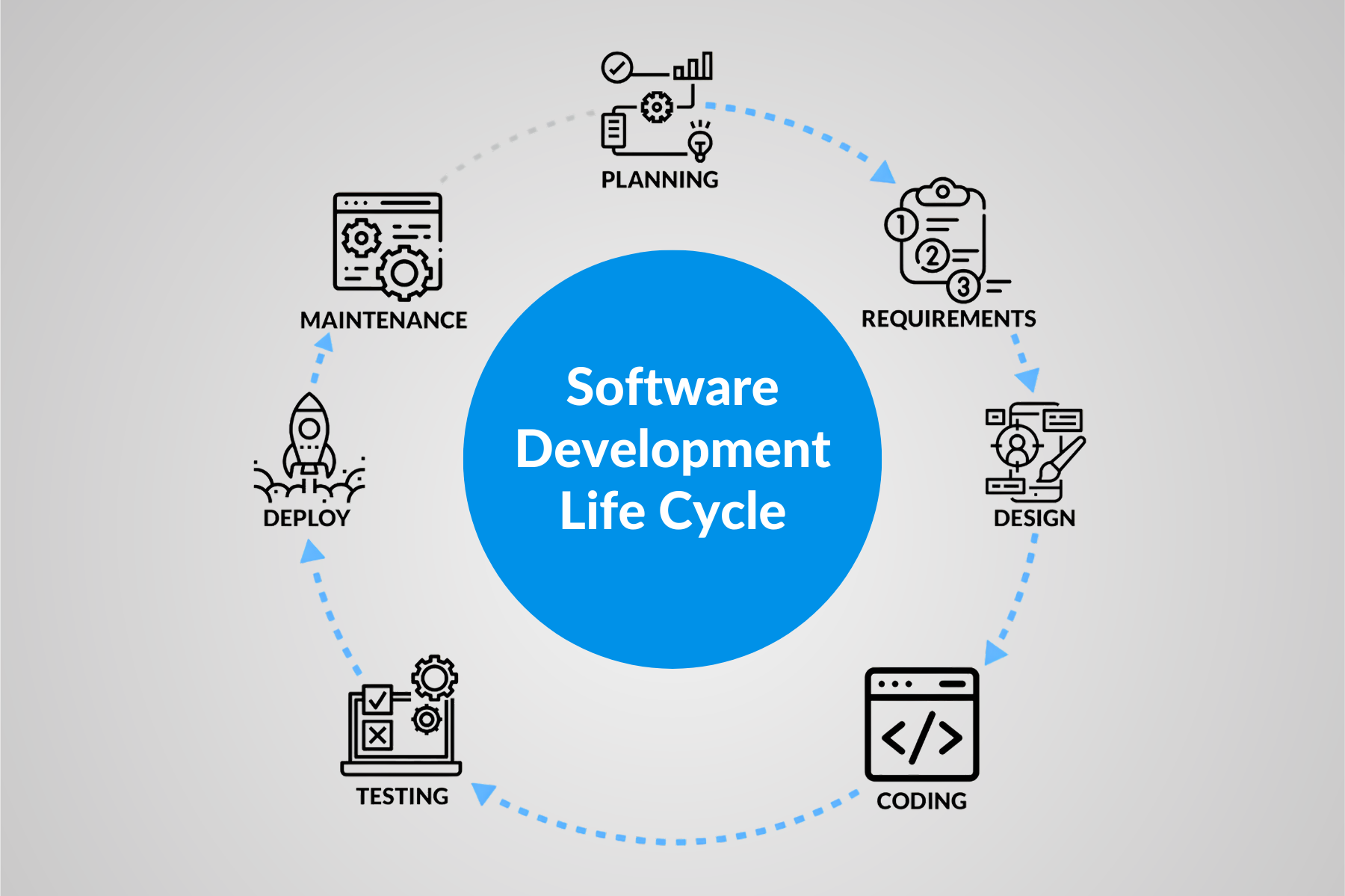Testing the Hotel Management System!

- September 26, 2013
- admin
When you work in a software testing company, learning comes naturally as you come across so many different kinds of projects and assignments. From health to travel, the testing department has to deal with hundreds of different categories of applications. Their core job responsibility is to ensure that the app must be according to the technical as well as the user requirement.
Once upon a time, my team was working on testing the hotel management software, which facilitates the hotel management in the room booking and reservation process. The hotel management software revolves around the owner and the agent and gives them the ease to view the activities scheduled on a particular day, number of rooms available in a specific category, and last but not least help in the billing calculation of the customer. The software also offers a calendar view that colors the booked rooms with green, reserved with yellow and blocked with red to alert the management about the current statuses and the number of rooms available at a particular time period.
I think that’s enough with the software overview. Let’s move to the testing scope now. Black box testing is conducted by creating the necessary test scenarios and cases. After the execution, we identified a list of issues, which are as follows
From functional to usability flaws, the software contains major issues related to design, function, and accessibility. Some of the design issues include splitting the large name into two parts, cosmetic and table alignment issues. Consequently, the software also contains major usability issues. It doesn’t display any message after changing the password or no window is popped up when the user enters an invalid user name or password. So, it has real problems with password verification and changing password test cases.
Functional issues include errors in the booking, billing, and room category issues. Agent permission and user restriction parameters are not defined clearly and there exist some critical errors. Agents can amend and calculate the price according to their own will and there is no check installed to bar agents from doing it. Similarly, the user can also book the blocked and the reserved rooms. Such kinds of issues are also present in the room categories, not updating the management about the actual status of the rooms. Furthermore, overbooking was another major hitch. For example, if 10 rooms are available in a VIP room category, users can book more than 10 rooms, which are not available in a particular category. So, most of the test cases and scenarios are negative and my team was startled by such apathy from the side of developers.
The software was tested on the Windows 7 platform using the latest versions of Firefox and Google chrome. Everything went well as we performed cross-platform testing and the response was stable on both browsers.
Although the project had a lot of bugs, which motivates the tester on one hand, on the other hand, it certainly means more time and works for developers to fix it, the project offered us an enriching learning experience. In order to cater to this issue, independent software testing companies make sure that the development and the quality assurance teams work together towards a common goal and that they have the same understanding of the defects prevailing in the system. By incorporating a collaborative tool and creating a shared platform for all teams, project managers can ascertain that everyone is on the same page.
- Integration Testing: Integration testing is one of the new aspects for us. It includes different modules of software, tested together by combining them in a group.
- Negative Testing: It involves testing the software to determine its behavior by entering unexpected values. It is also known as “against the rule” testing
- Billing Models: We also came across different types of hotel management billing models. These include different methods of calculation of taxes, category wise billing, and the addition of other services.
Functional Testing: This is the type of block box testing which is included in the quality assurance processes to assess the functional performance of the system against the specifications and the requirements. It is primarily conducted by feeding the requirements into the testing module, running it on the existing system, and then examining the output against the desired results. If the outcome has a lot of deviations and variations from the expectations, from a developmental perspective, then it is cataloged under the defective components.











